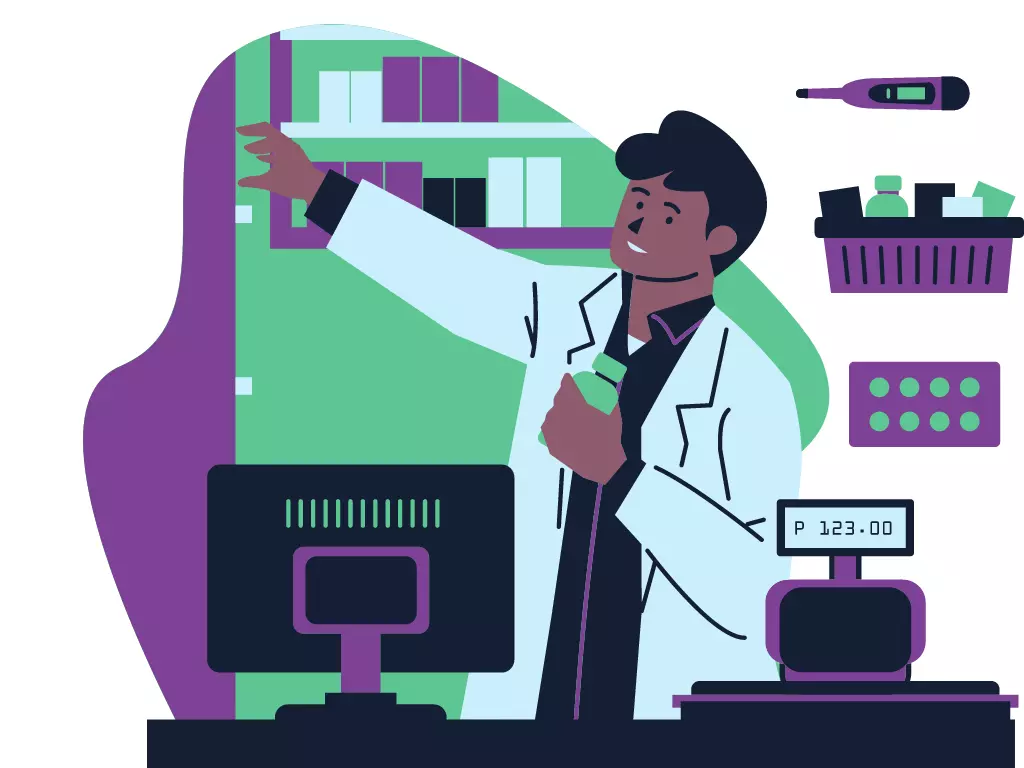Table of Contents
Introduction
Infographic resume blog will help you understand and compose better resumes. In a world where first impressions matter, job seekers are constantly seeking ways to stand out from the competition. Enter the “infographic resume” – a creative and visually appealing alternative to the traditional text-based CV. In this blog, we’ll explore the concept of infographic resumes, their benefits, and provide you with inspiring examples to help you craft an impressive visual representation of your professional journey.
An infographic resume is a modern and innovative approach to showcasing your qualifications, skills, and experiences through a visually captivating design. By incorporating elements such as icons, graphs, charts, and color schemes, infographic resumes aim to provide a comprehensive overview of your credentials in an engaging manner.
- Infographic resumes catch the eye immediately, making a memorable impression on recruiters and potential employers.
- If you’re applying for a creative role, an infographic resume can highlight your design skills and creative thinking right from the start.
- Visual elements allow you to emphasize essential skills, achievements, and experiences, ensuring they’re not overlooked.
- Infographics can communicate complex information quickly and clearly, allowing recruiters to grasp your qualifications at a glance.
- Before diving into design, gather and organize your content. This includes contact information, a summary or objective, work experience, skills, education, and any other relevant sections.
- Prioritize the information based on importance. Your name, summary, and key skills should be prominently displayed, while less crucial details can be placed in less prominent areas.
- Choose a color palette that resonates with your personal brand and the industry you’re targeting. Consistency in color will enhance the visual appeal.
- Utilize icons and graphics that represent your skills and experiences. These visuals help break up the content and make the resume more engaging.
- Use charts and graphs to display data or metrics related to your achievements. These elements can illustrate your impact effectively.
- Choose clear and readable fonts for headings and body text. Avoid using too many fonts to maintain a polished look.
- Ensure proper spacing between sections to maintain readability. Avoid clutter that might overwhelm the reader.
- Tailor your infographic resume for each job application. Highlight experiences and skills that are most relevant to the specific role.
- Vibrant color scheme reflecting creativity.
- Visual representation of design software proficiency.
- Showcase of design projects through images.
- Graph showcasing increased website traffic.
- Icons representing social media platforms.
- Bar chart highlighting successful campaign metrics.
FAQs about Infographic Resume Examples
An infographic resume allows you to stand out from the competition by showcasing your information in a unique and memorable format. It’s particularly useful for creative fields where design skills are valued or for roles where visual communication is important.
Infographic resumes are better suited for creative fields such as graphic design, marketing, advertising, and multimedia. While they can work in other industries, it’s important to consider the company culture and the expectations for resume submission.
Infographic resumes can:
1. Grab attention quickly
2. Convey information in a more engaging manner
3. Highlight key skills and achievements
4. Demonstrate your design and visual communication abilities
An infographic resume should include:
1. Contact information
2. Summary or objective
3. Work experience with key achievements
4. Skills section
5. Education background
6. Relevant icons, graphics, and visual elements
Here’s a process to follow:
1. Identify the key information to include.
2. Choose a color scheme and design elements that reflect your personal brand.
3. Use charts, graphs, icons, and images to visualize data.
4. Maintain a clear and logical flow of information.
5. Keep it simple and avoid clutter.
6. Ensure readability and accessibility.
1. Overcomplicating the design, leading to confusion.
2. Neglecting to provide clear context for the visual elements.
3. Sacrificing readability for aesthetics.
4. Including excessive information that could overwhelm the reader.
5. Disregarding the target audience and company culture.
Yes, it’s possible to include both formats. However, be mindful of the application requirements and industry norms. Some employers might prefer traditional resumes, so having both versions gives you flexibility.
How do I tailor my infographic resume for specific job applications?
Just like with a traditional resume, tailor your infographic resume by focusing on the skills and experiences most relevant to the job you’re applying for. Adjust visuals, icons, and content accordingly to match the requirements of the role.
Infographic resumes offer a dynamic and engaging way to present your professional journey. When done right, they can impress potential employers and demonstrate your skills beyond words. However, remember to strike a balance between creativity and professionalism. With careful planning and attention to design principles, your infographic resume can be a powerful tool in your job search arsenal, leaving a lasting impression on those who come across it.
Buildfreeresume.com has a consumer rating of 4.83 stars on Sitejabber.




